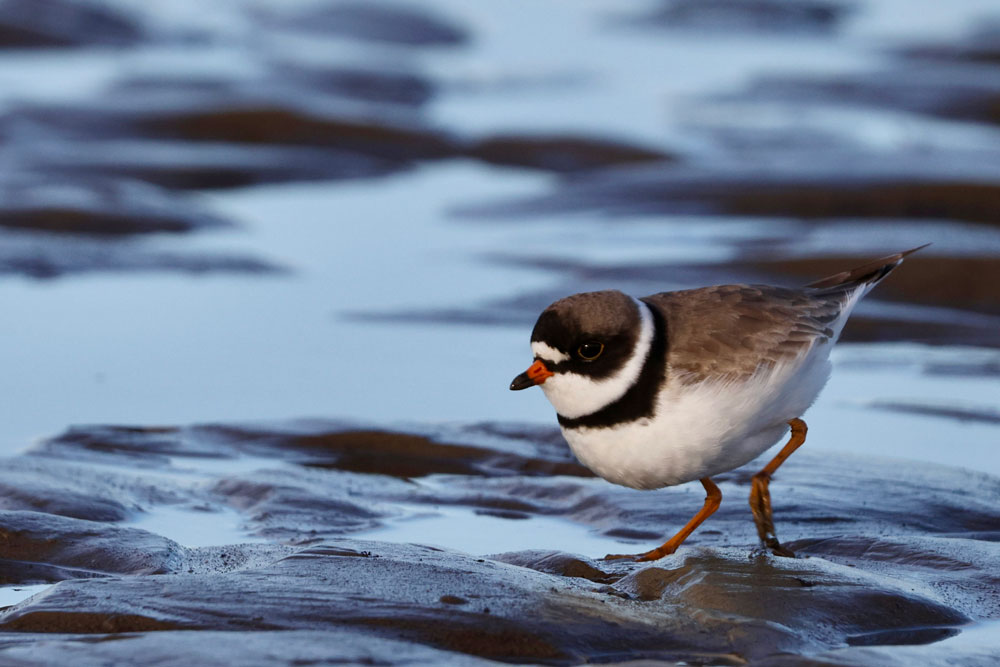
Stephen Brown, Ph.D.
VICE PRESIDENT, SCIENCE
Returning to the Alaskan arctic to survey nesting shorebirds this year, I had Robert Frost’s poem “Fire and Ice” on my mind, although not in that order… Climate change is making the weather more unpredictable, as people are experiencing everywhere, while in the arctic those changes are noticeably accelerated. Last spring I attended a meeting of some of the top meteorologists working in Alaska with the goal to better plan what sort of season we might expect. The consensus was that the season would either be colder or warmer than normal, and either wetter or dryer than normal, and they noted their past efforts to predict were less accurate than guessing! Not very helpful, but also a clear indicator of how unpredictable things have become.
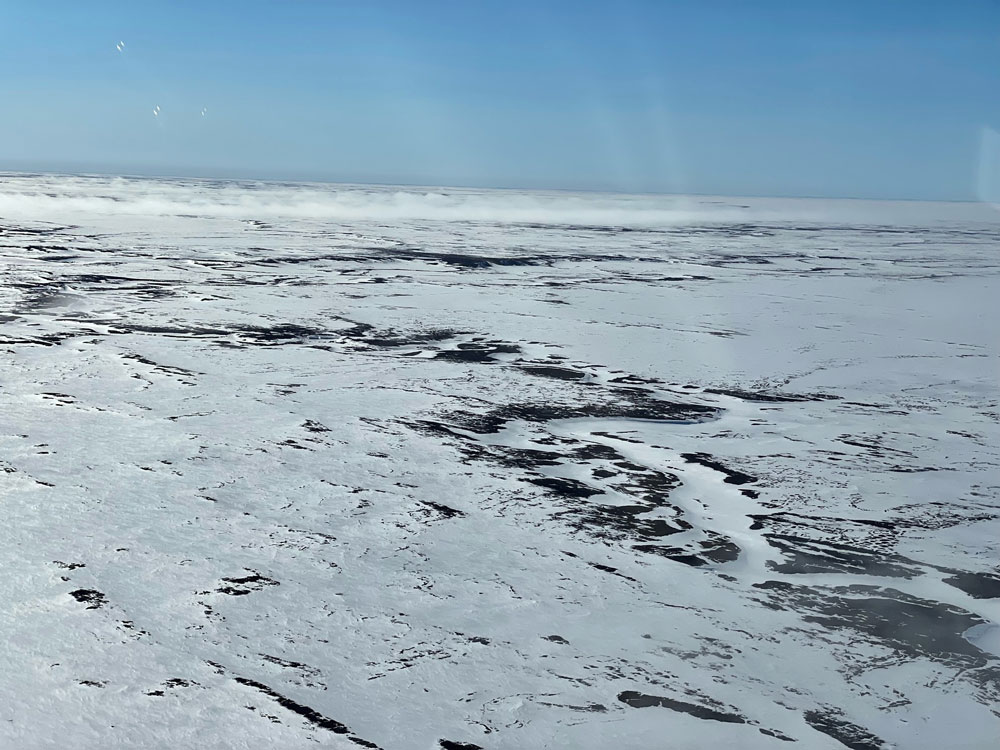
The reason we plan to arrive at the start of spring is that shorebirds time initiation of their nests so their eggs hatch at the peak of invertebrate hatch 3-4 weeks later. In years like this year when spring comes late, they delay starting nesting as much as possible, They are constrained by their ability to wait until enough snow melts for food, mostly spiders and invertebrates in early spring, to be available. In especially late springs some birds appear to leave without nesting at all.
Arriving to complete this 2nd year in the Teshekpuk Lake Special area, a 3.6 million acre section of the National Petroleum Reserve – Alaska, it was clear we were in for a record late spring. We had two major goals this year: First to put out recorders called Audiomoths across the entire Teshekpuk special area and the Willow development to test the device’s ability to document the distribution and abundance of breeding shorebirds; second, to complete our PRISM surveys counting shorebirds at randomly selected plots to track population changes since our initial surveys in 2007 and 2008. In addition to Shiloh Schulte and myself from Manomet, our team included co-lead Rick Lanctot from USFWS Anchorage; surveyors from three partner organizations, Kirsti Carr from Point Blue Conservation Science in California, Jason Loughry from the Coastal Bend Bays and Estuaries Program in Texas, and Tara Rodkey from Texas A&M University; along with critical support from Metta McGarvey (who in addition to organizing all the camp logistics provides support with everything from fuel planning to staging helicopter loads and revising schedules and budgets).
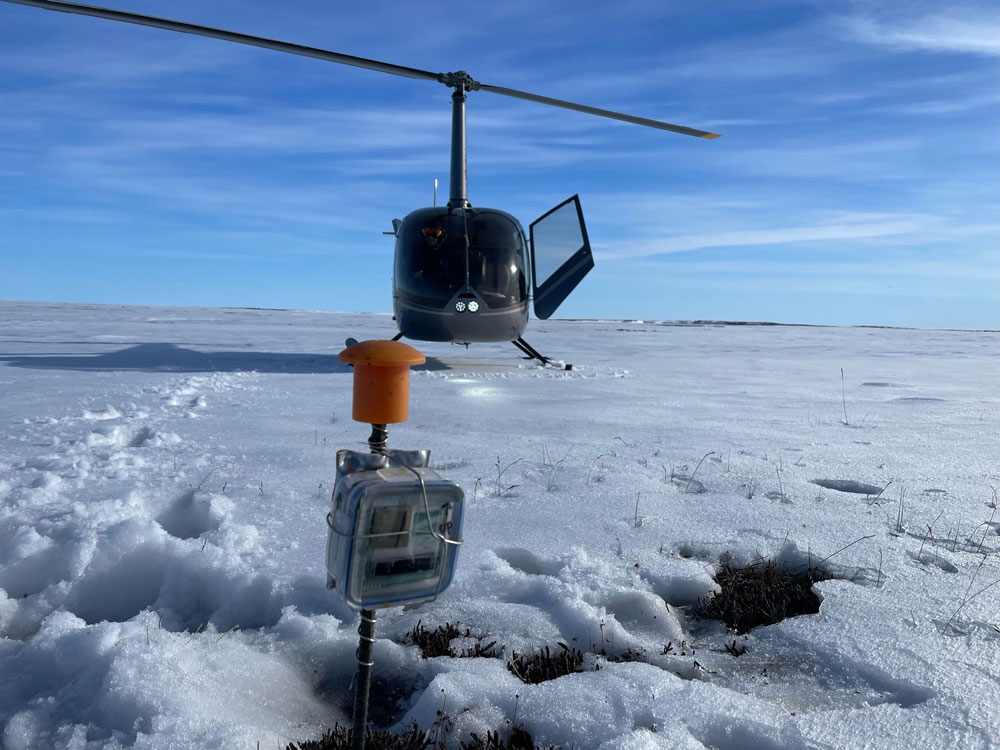
Shiloh and Metta arrived in Prudhoe Bay May 27. When he arrived in camp May 28 with our first pilot from Pollux aviation, David Holsapple, Shiloh found 99% snow cover and the river frozen solid when the tundra would normally be peeking through in many places by this date. Although they had some very challenging fog conditions, they managed to deploy all of the Audiomoth devices and return to Prudhoe May 30.
Then even tougher weather started. First came a four-inch snow, along with high winds that made two foot deep drifts. Then came freezing fog and ice for which, like the destructive power of ice that Frost mentions in his poem, upended our carefully laid plans to get our gear and crew to camp in the wilderness 100 miles from the nearest towns in 3 days. The longest it has taken due to weather delays in the past was 5 days; this year it took 9 days! Normally we use a large net called a sling that dangles on a 75-foot rope below the helicopter to efficiently take relatively large gear loads out to camp. With low freezing fog the helicopter could not fly high enough to use the sling, so we had to send our gear in small loads inside the helicopter, which is about the size of an old VW bug. It also meant 9 days of constant revisions to our plans juggling weather in Prudhoe and Utqiagvik, both 100 miles either side of camp, where we had crew and gear waiting to be transported. Each day we had to figure out what gear could be sent to camp inside the helicopter and when; when camp was set up enough to bring more crew to camp, and how much fuel we needed to send in jerry cans inside the helicopter while waiting for the weather to improve enough to sling 55-gallon barrels from Prudhoe.
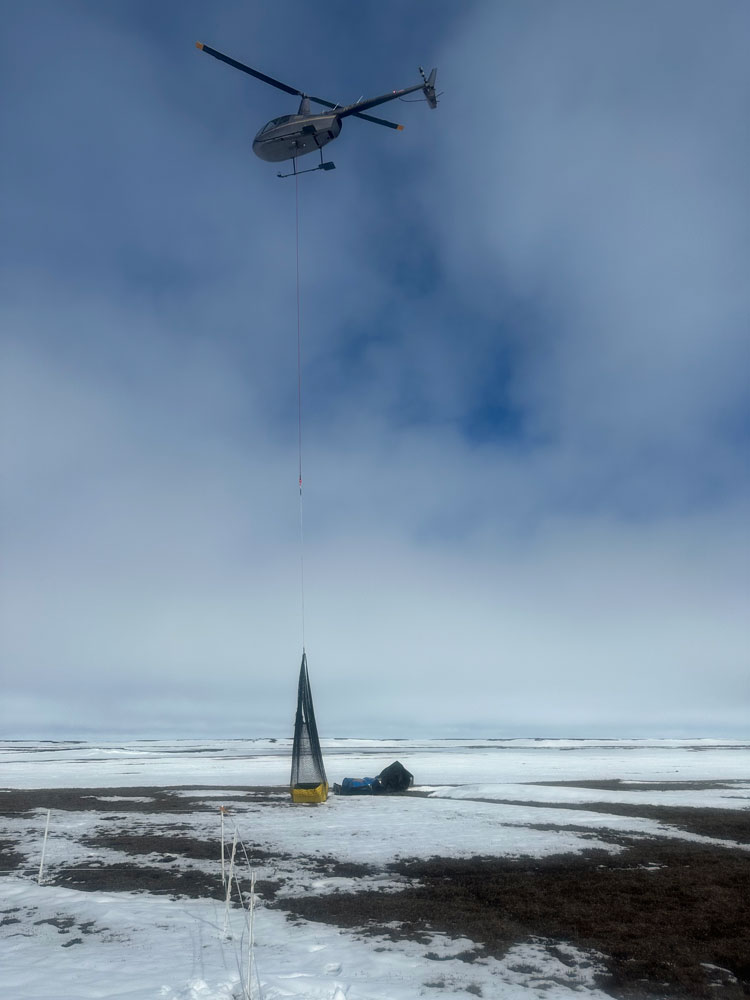
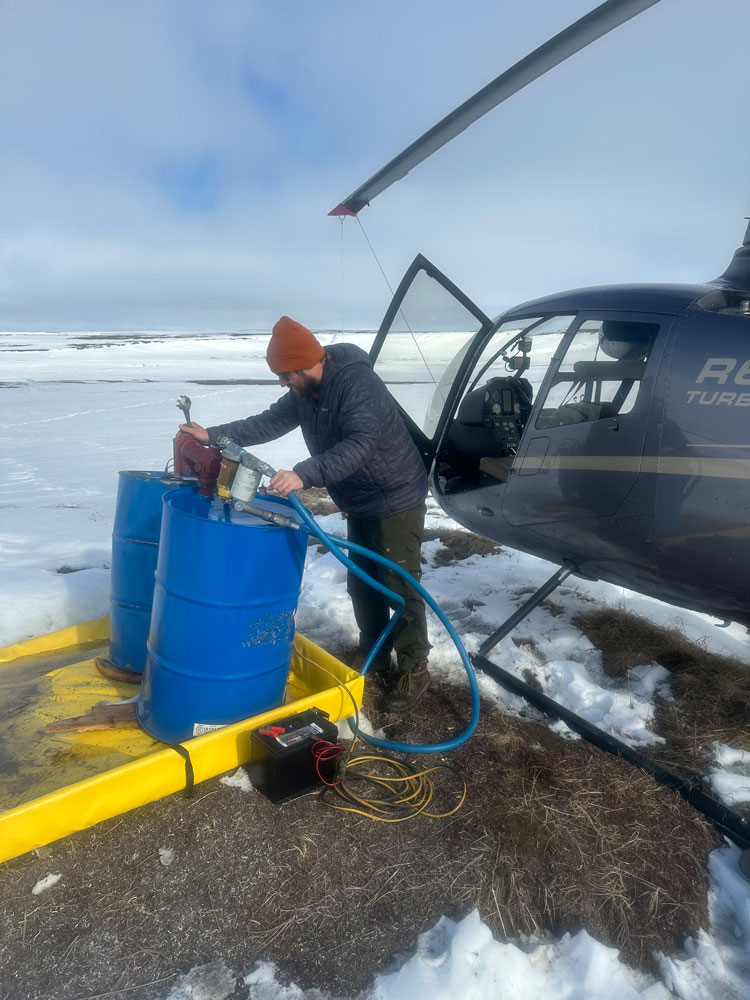
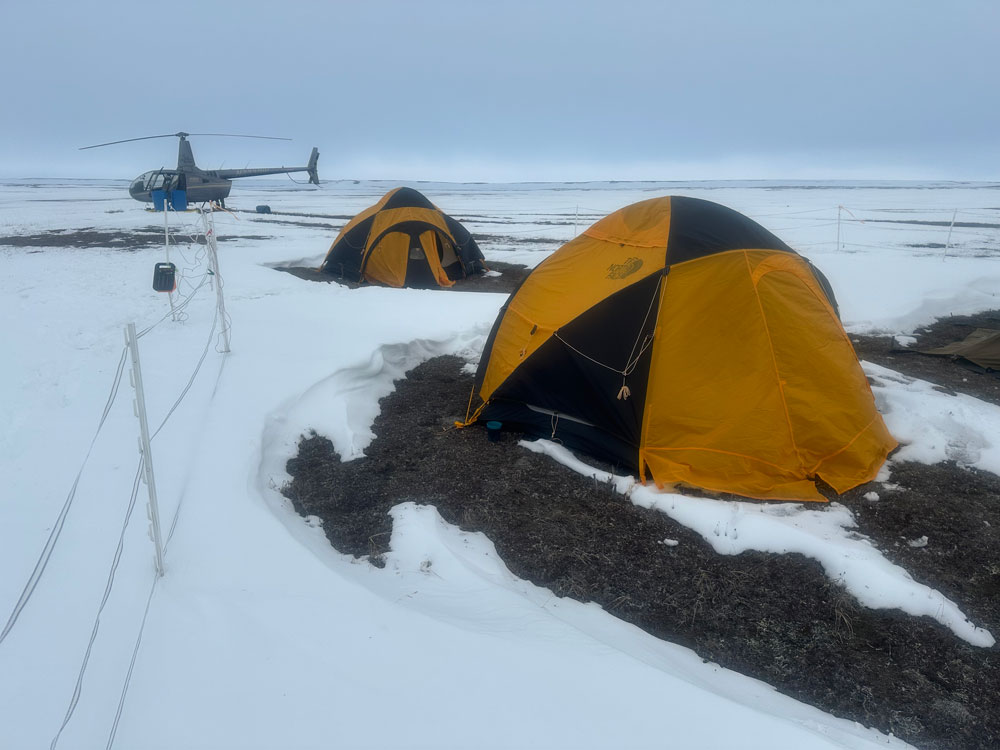
Our pilot for this phase of the work, Kurt Conricote, did a great job getting us through those tough 9 days. On his first flight with Metta on 31 May to drop off some gear, much needed fuel, and orient him to an arctic field camp, they saw not just one mother Grizzly with cub, but two pairs of moms with cubs! We had never seen even one bear near this camp on Kealok creek though we’ve worked there four seasons, so seeing two pairs in an hour and a half was sobering. Both were “good” bears that left without trouble. After getting only 1 more load of gear in on 1 June and then waiting out two unflyable days, I went to camp with Kurt on 4 June to continue setup, but on the way we had to land on the tundra 3 times to wait for fog to lift when it went to the ground. Fog to the ground with a near complete snow cover creates a “white on white” condition where the pilot cannot tell where the horizon is, making it very dangerous to fly. I had always thought over the 23 years we’ve been working in the arctic that eventually we’d spend an uncomfortable night on the tundra due to weather, and it looked like this might be the year, but eventually as small windows opened in the fog we were able to sneak into camp. Because of high winds the snow had buried our electric bear fence which makes it inoperable, and infiltrated the tents leaving several inches of water we had to drain and dry out, but luckily the bears had stayed away!
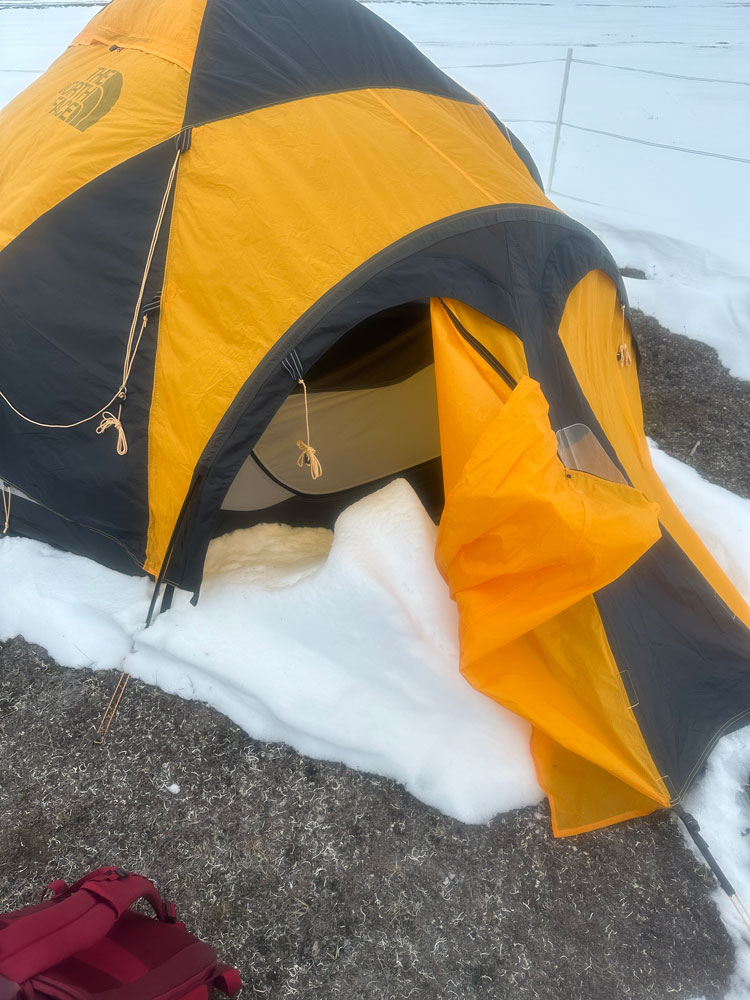
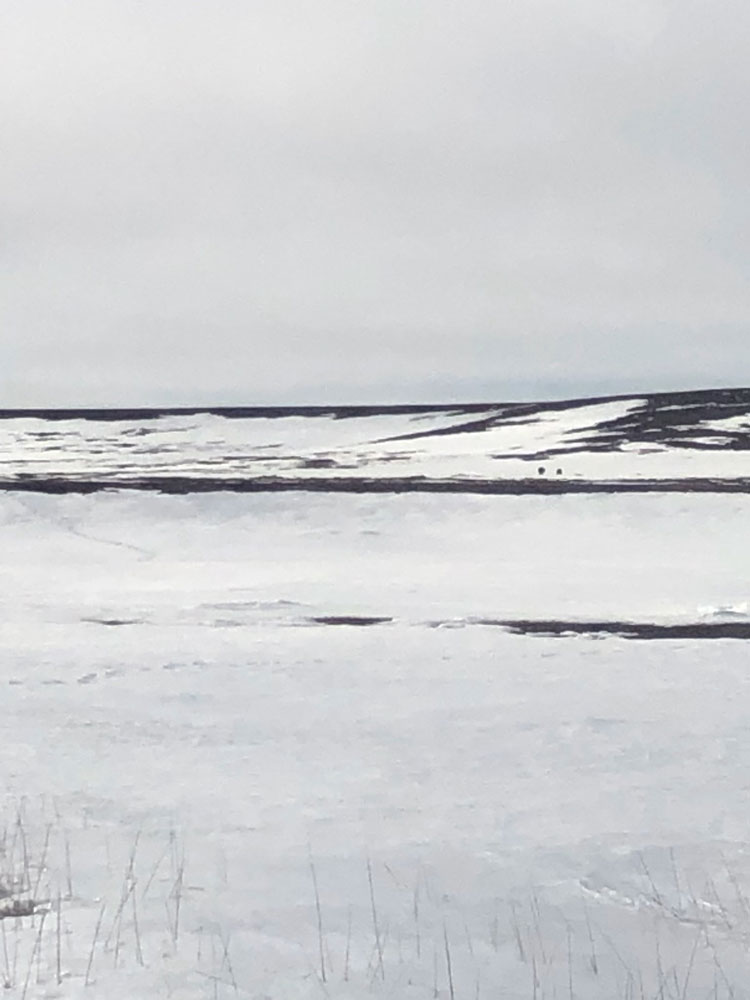
We finally finished getting all our gear, fuel, and crew into camp on June 8, and when we started PRISM surveys on June 9 south of Teshekpuk Lake the landscape was still mostly snow covered, but the birds were bravely setting up their territories by singing and displaying, which allows us to find them even in the windy and icy conditions of a late spring. We always start in the south where the snow melt is generally farther along, and work our way north over the two weeks of surveying. Those first several days we had to dig deep to function in these conditions, inspired as always by the tenacity of these birds and the beauty of a largely untouched wilderness.
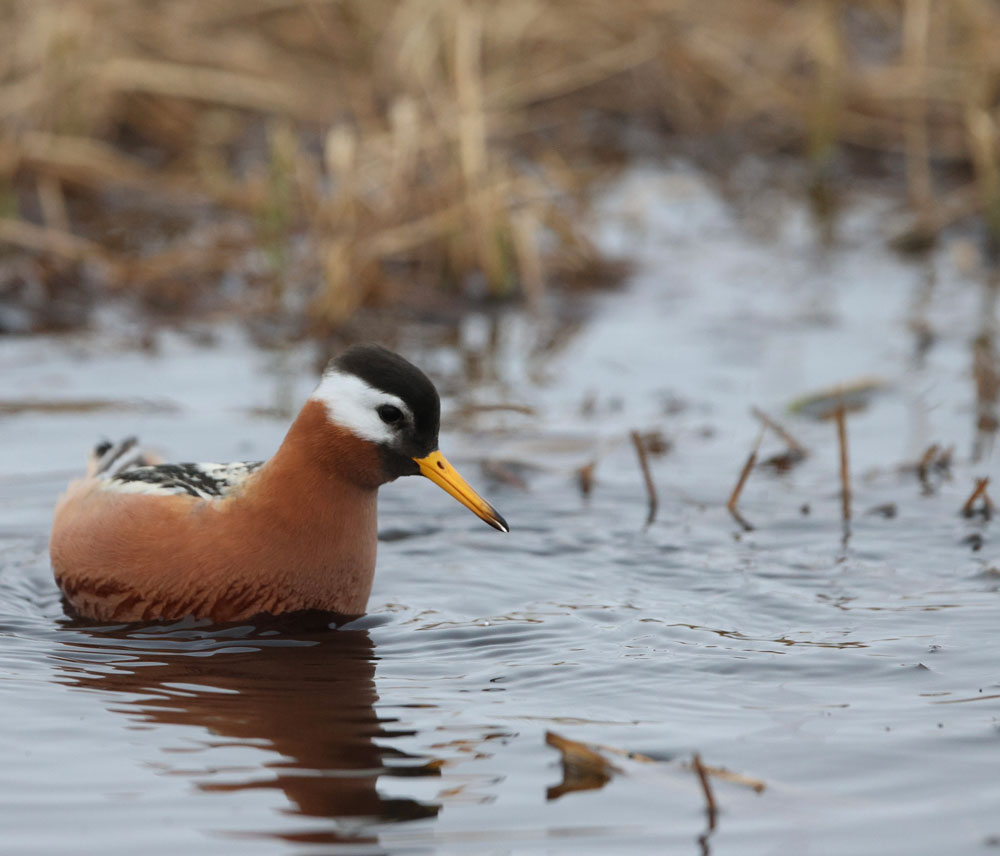
On the morning of our 5th day of surveys we had our first ever mechanical problem. Kurt had just taken Tara and Jason to a camp operated by the Wildlife Conservation Society about 25 miles away to conduct rapid PRISM surveys on a series of intensively surveyed plots where the WCS crew had already located all the nesting birds. Doing our rapid surveys on intensive plots allows us to correct our detection rates of birds during PRISM surveys on plots we visit only for a short time. When the helicopter returned to our camp to pick up the rest of us for PRISM surveys it shut down to refuel and then wouldn’t start again. Luckily everyone was safe at a camp while we waited for parts to arrive, and the WCS crew generously hosted Jason and Tara while we waited. Pollux owner Sam Maxwell worked night and day to find the needed parts all the way down in Texas and get them on the way.
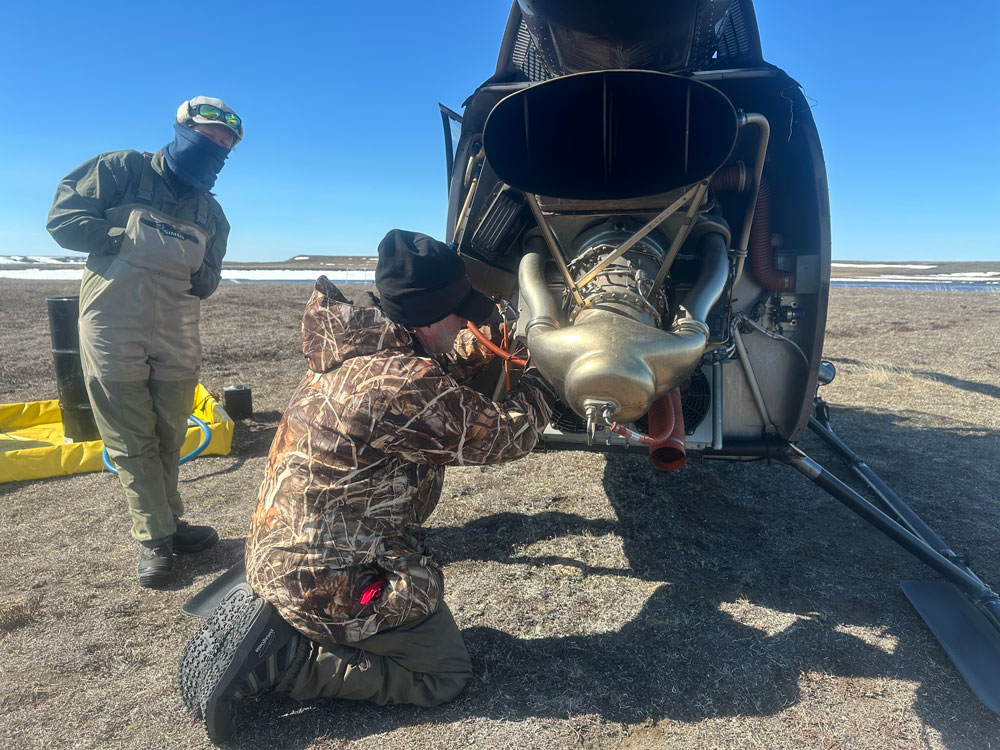
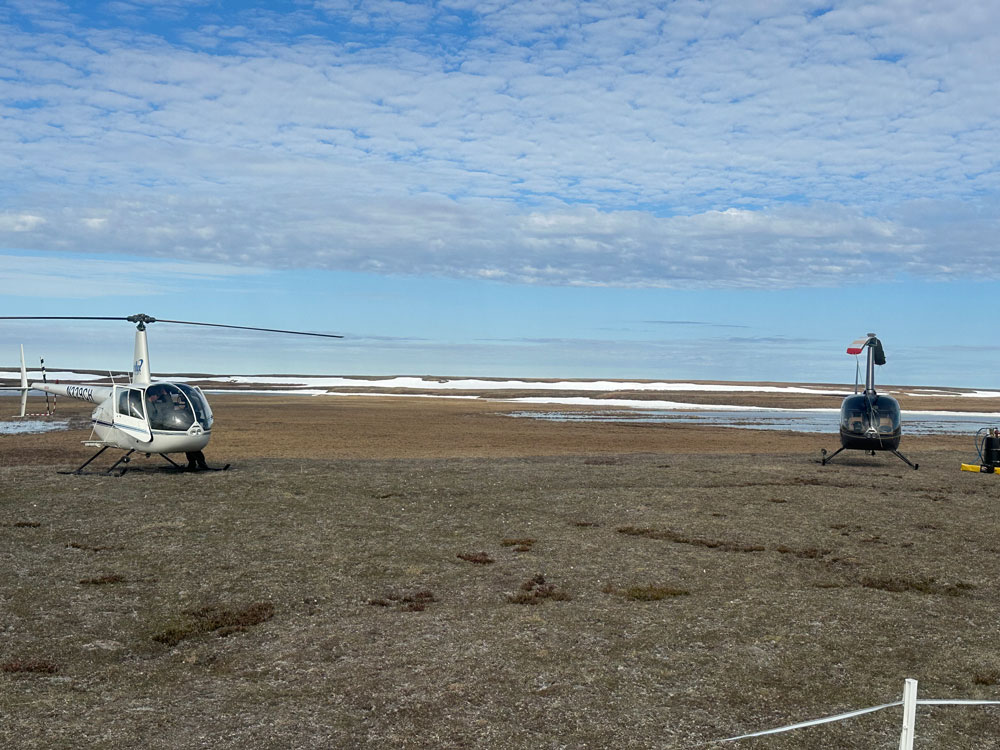
Unfortunately, FedEx delays kept us grounded for 5 days—and of course the weather was beautiful for flying those days—and when we were finally underway again as our time was almost up, the ice fog returned! With so many delays we redesigned our survey plan many times as conditions changed, but in the end completed a set of plots balanced across the entire study area, which in conjunction with our surveys from last year will give us a precise estimate of breeding bird populations for both shorebirds and waterfowl across this remarkably abundant and diverse special area for birds. The title of our first scientific paper from this area, “Shorebirds nest in unusually high densities in the Teshekpuk Lake Special Area” highlights how the high density of lakes, ponds, and wetlands attracts more birds than I have seen anywhere else over 23 years of Arctic work.
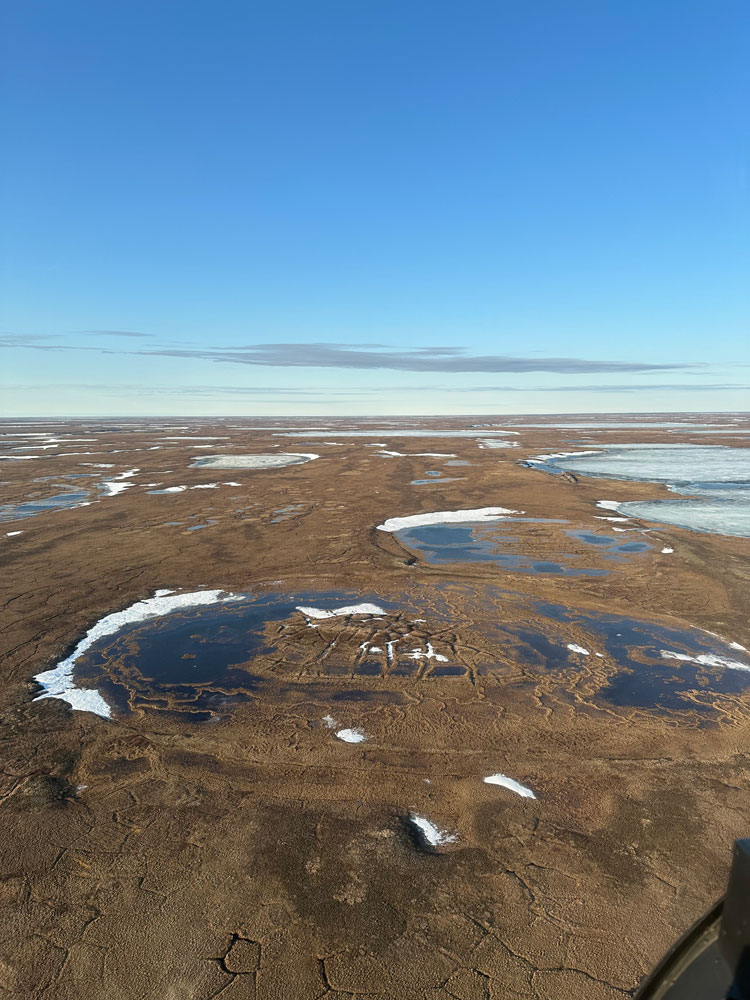
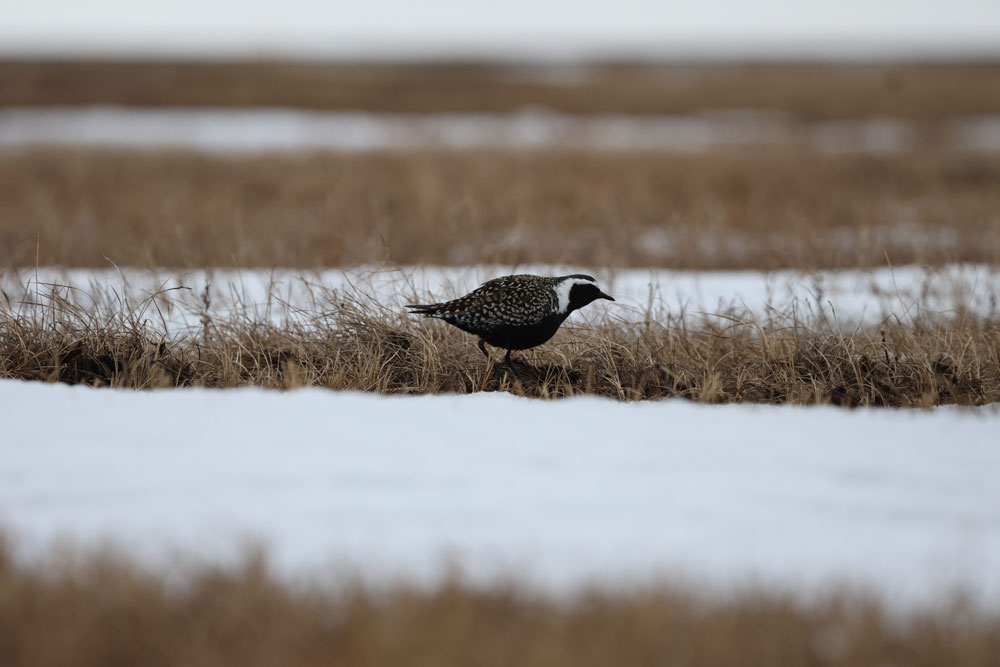
Taking camp down and getting everything back out is always a challenge too, and because of so many delays our crew had to leave for other work, which left our oldest crew members—Metta and me—to demobilize camp with Kurt. With decent weather, and lots of ibuprofen for sore muscles, we got all the gear back to Prudhoe Bay in a day and a half, then packed and sent a large shipment of gear back to Anchorage where Metta would receive, clean, re-pack, and store everything for next year, then we headed out in the USFWS truck to drive all the sensitive gear back to Fairbanks. On the way we got the “fire” part of the trip—several large lightning strike fires south of Fairbanks burning boreal forest caused heavy smoke which worsened as the days passed. Metta remained a few extra days in Fairbanks to assist Manomet’s Shiloh Schulte, Sam Wolfe, and Alan Kneidel who were working in the Arctic National Wildlife Refuge and had their return south delayed and diverted by smoke, a story they will tell in the next installment of our shorebird science blog. In the end, I decided I preferred the ice…
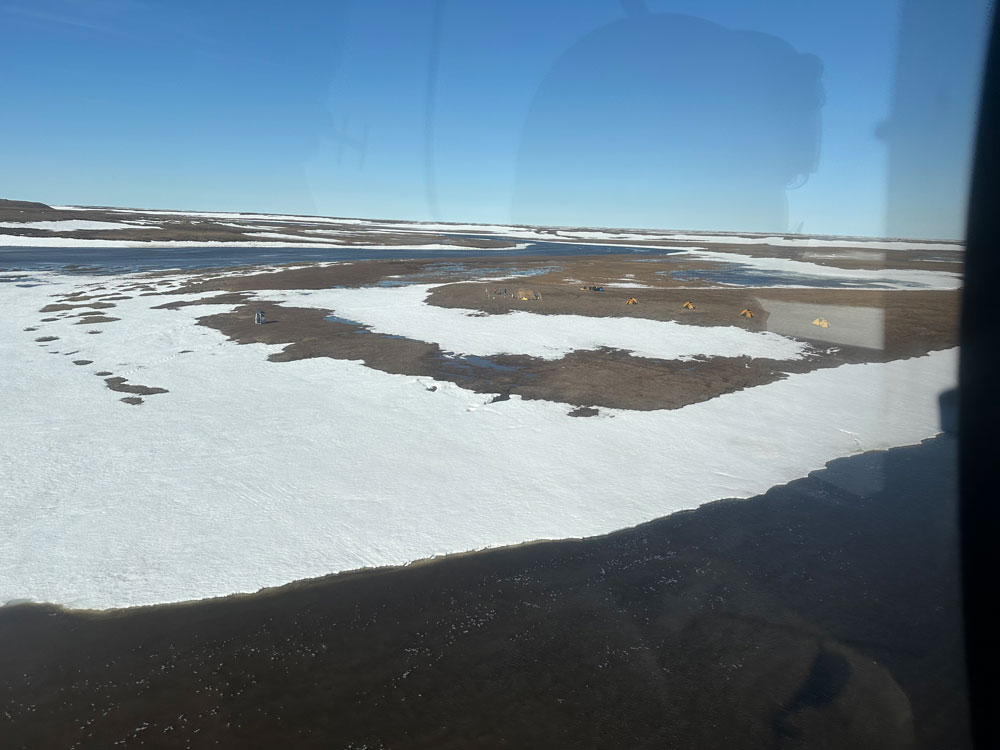
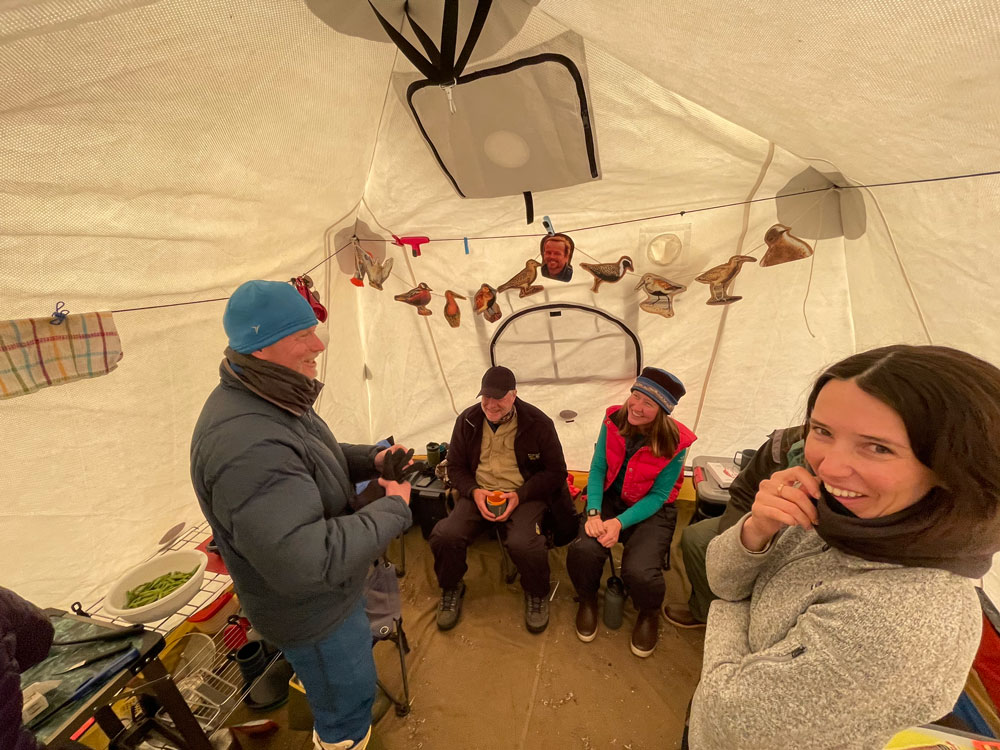
As we reflect on a tough but successful season, I want to thank the many people who helped make it possible. Major grants for the project were provided by the National Fish and Wildlife Foundation and the Bureau of Land Management, together with many individual donors who provided essential required matching funds. Our field crew was excellent and worked extremely hard with flexibility and good cheer. Pollux aviation provided excellent support through the difficult weather and mechanical challenges. Finally, the administrative support team at Manomet headquarters helps us behind the scenes in many ways, from tracking expenses and assisting with reports related to grant management to helping with our communications work. On behalf of the shorebirds and all of us, we thank you all very much!





 Back to all
Back to all